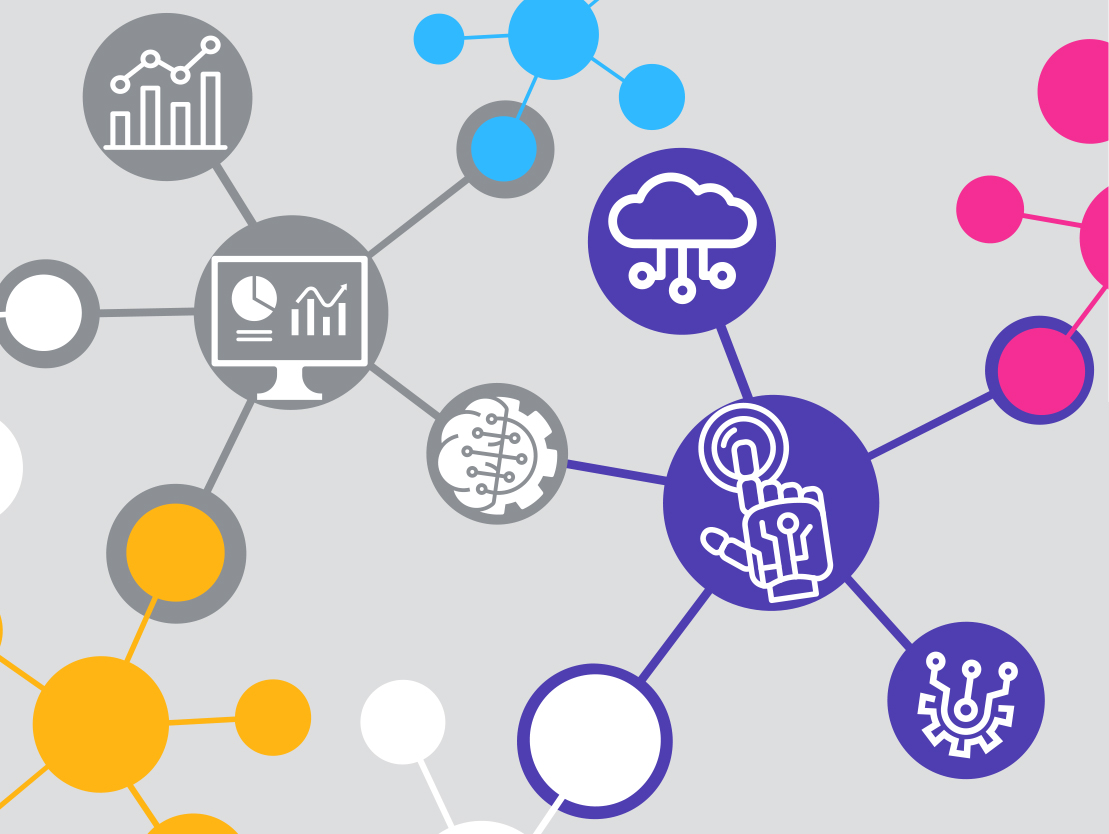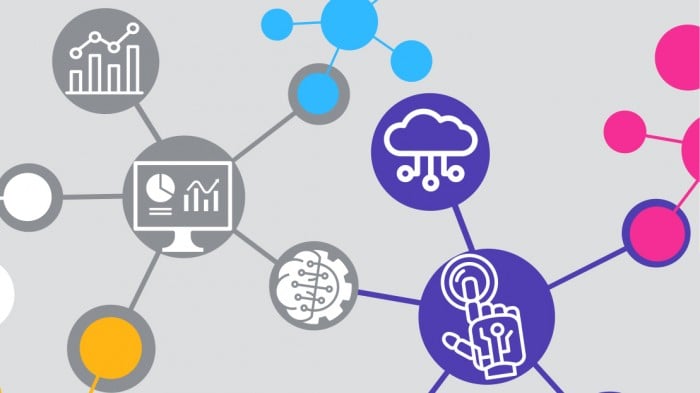Sponsored
The AIOps mission: Simplify the complex

Produced in association withAppDynamics
For Sergio Puga, an undetected problem in information technology (IT) can have disastrous consequences. Puga is a senior technical program manager at FedEx Services, which provides IT for the global shipping company. Issues like not enough computing power getting to applications could trigger hours of expensive downtime, lost productivity, and troubleshooting. This means delivery personnel don’t get the right information, packages don’t get delivered, and customers get angry.

The AIOps mission: Simplify the complex
“FedEx can’t fail; reliability is paramount. We can’t have any service interruptions,” Puga says.
As companies like FedEx rapidly transition to digitization, they are grappling with the daunting challenge of managing and processing massive volumes of data that live in siloed, disparate systems. IT teams that manually oversee and monitor these complex data sets are drowning in a sea of often inexplicable data and, as a result, end up expending a great deal of time and money troubleshooting issues and completing routine operational tasks.
One solution to the problem may be AIOps technology, which combines artificial intelligence and machine learning to automate data correlation, enable root-cause analysis, and deliver predictive insights across the corporate ecosystem. AIOps increases IT departments’ operational efficiency by accessing companywide data, extracting insights about IT systems, monitoring operational and usage statistics, and proactively solving application performance problems. That way, IT can avoid crippling outages that negatively affect customers and damage the bottom line. And since AIOps makes connections across data silos, business users can reap the benefits, making informed, intelligent decisions based on real-time data.
FedEx, for example, is in the early stages of AIOps deployment. Using the technology to monitor applications allows Puga’s IT team to troubleshoot, solve, and avert potential problems “in seconds.”
“If our team investigated the same CPU utilization problem using current monitoring tools, it would take six to 10 full-time employees two to five hours to find the source and perform remediation,” Puga says.
Deep Dive
Artificial intelligence
Large language models can do jaw-dropping things. But nobody knows exactly why.
And that's a problem. Figuring it out is one of the biggest scientific puzzles of our time and a crucial step towards controlling more powerful future models.
Google DeepMind’s new generative model makes Super Mario–like games from scratch
Genie learns how to control games by watching hours and hours of video. It could help train next-gen robots too.
What’s next for generative video
OpenAI's Sora has raised the bar for AI moviemaking. Here are four things to bear in mind as we wrap our heads around what's coming.
Stay connected
Get the latest updates from
MIT Technology Review
Discover special offers, top stories, upcoming events, and more.